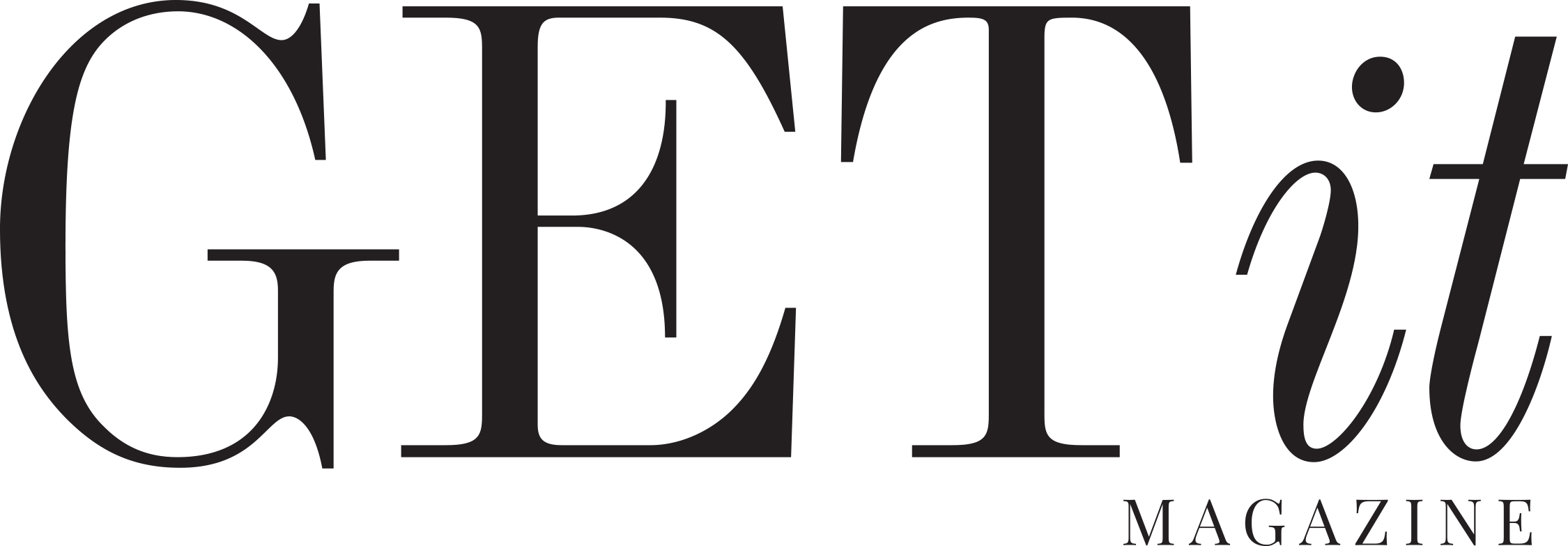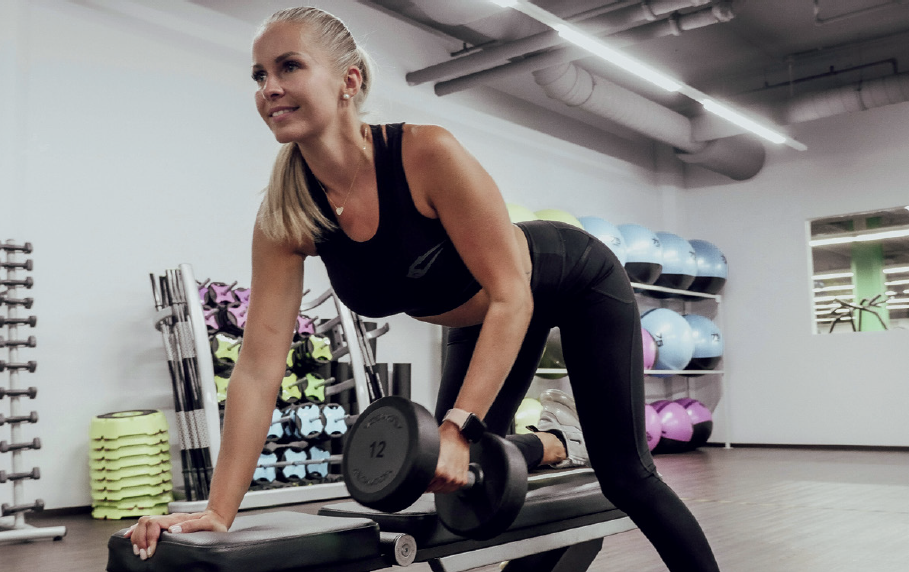The gym floor can feel intimidating when you’re in your forties. Surrounded by twenty-somethings throwing around heavy weights, it’s
easy to think your best lifting days are behind you. But here’s the reality check: strength training after 40 isn’t just beneficial—it’s essential
for both men and women.
After age 30, we lose approximately 3-8% of our muscle mass each decade. By 40, hormonal changes begin accelerating—testosterone declines
in men while women face fluctuating estrogen and progesterone levels, especially during perimenopause. Bone density starts decreasing,
metabolism slows, and maintaining muscle becomes increasingly challenging. But lifting heavy weights after 40 can actually reverse many of
these age-related changes.
According to research, progressive overload stimulates muscle growth at any age. Both men and women in their 60s and 70s can gain muscle
mass comparable to people in their 20s when following proper strength training protocols. Heavy lifting triggers hormone optimization through
compound movements like deadlifts and squats, strengthens bones by increasing mineral density, and boosts metabolism since muscle tissue
burns significantly more calories than fat tissue at rest.
The problem is that many people over 40 make critical mistakes that sabotage their progress. The biggest culprit is inadequate protein intake.
Your body needs 1.6–2.2 grams of protein per kilogram of bodyweight daily to repair and build muscle tissue. Women, particularly those in
perimenopause or menopause, often under-eat protein while men may focus too heavily on supplements rather than whole food sources.
Without sufficient raw materials, even the best training program will fail to deliver results.
Another common error is lifting too light out of fear of injury. While safety matters, your muscles need sufficient stimulus to grow, especially
with declining hormone levels. This is particularly true for women who may have been conditioned to avoid “heavy” weights. Focus on weights
that challenge you in the 6–12 rep range, emphasizing compound movements that work multiple muscle groups simultaneously. Progressive
overload—gradually increasing weight, reps, or sets over time—remains the fundamental principle of muscle growth regardless of age or gender.
Recovery becomes your secret weapon after 40. Unlike your twenties when you could lift heavy on minimal sleep, mature adults need 7-9 hours
of quality sleep nightly and 48-72 hours between training the same muscle groups. Women may need to adjust training around hormonal
fluctuations, while men often underestimate the impact of work stress on recovery. Poor recovery leads to fatigue, subpar workouts, and
minimal gains. Incorporate rest days and light activities like walking or mobility work to optimize recovery.
Many people also try to build muscle while simultaneously losing fat, which rarely works effectively after 40. This is especially common among
women who may focus primarily on weight loss rather than strength building. Pick one goal at a time—spend 8-12 weeks focused on muscle
building with adequate nutrition, then shift to fat loss if needed. Your body responds better to focused efforts than trying to achieve competing
objectives.
Perhaps the biggest barrier isn’t physical—it’s mental. Many people internalize the myth that they should “slow down” with age, with women
often believing they’ll become “bulky” from lifting heavy weights. These mindsets are not just limiting; they’re harmful. Regular strength
training improves mental health, cognitive function, and self-esteem while building the functional strength needed for daily activities and
maintaining independence as we age.
Start with 2-3 full-body sessions per week, focusing on proper form before adding weight. Track your progress and remember that every
rep after 40 is an investment in your future self. The strength you build today determines your quality of life at 70. Your best lifting days
aren’t behind you—they’re just getting started.


